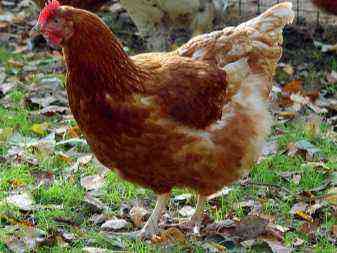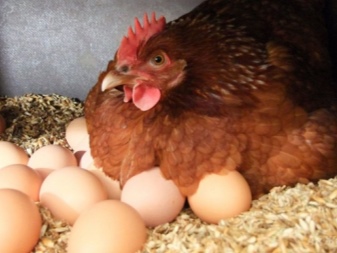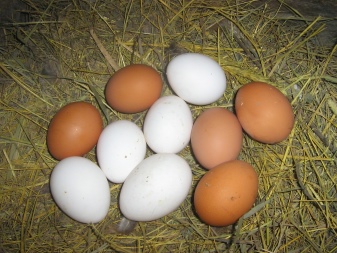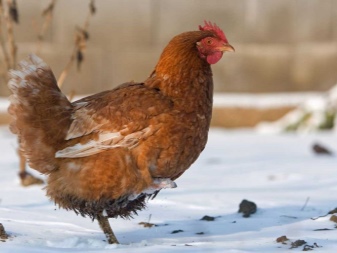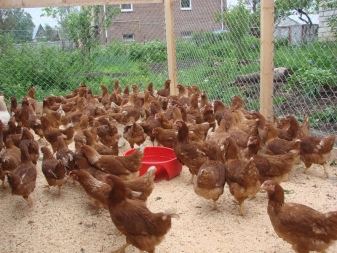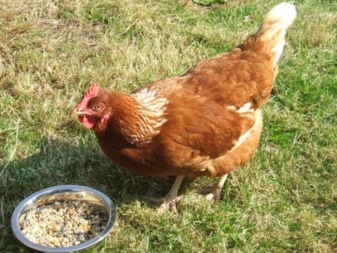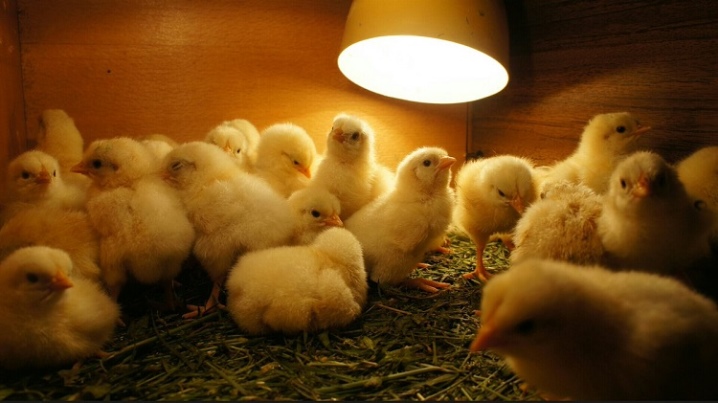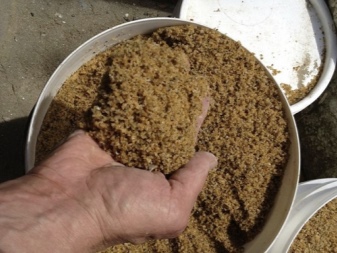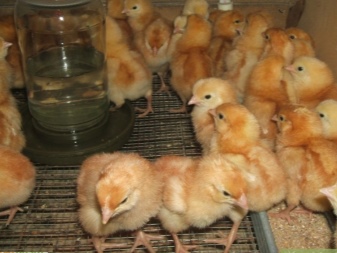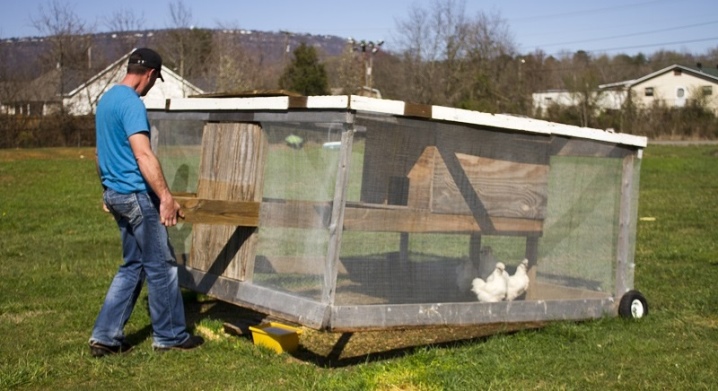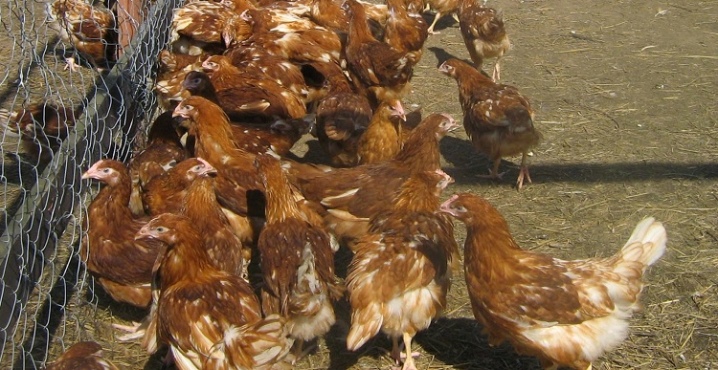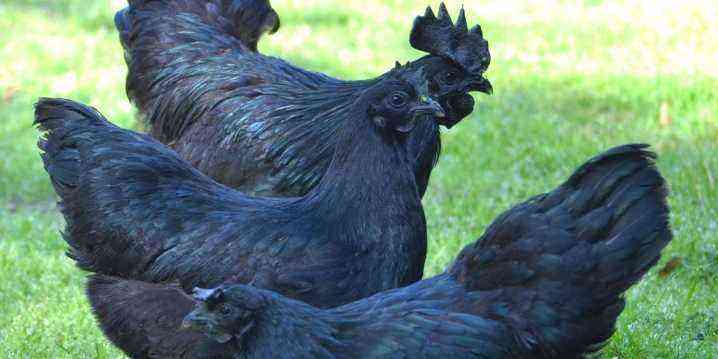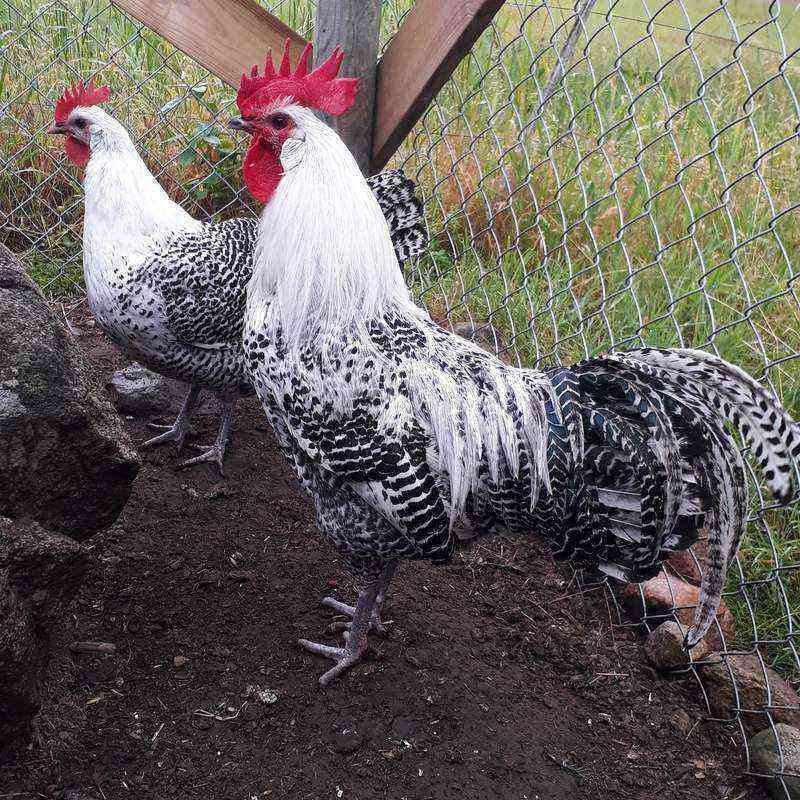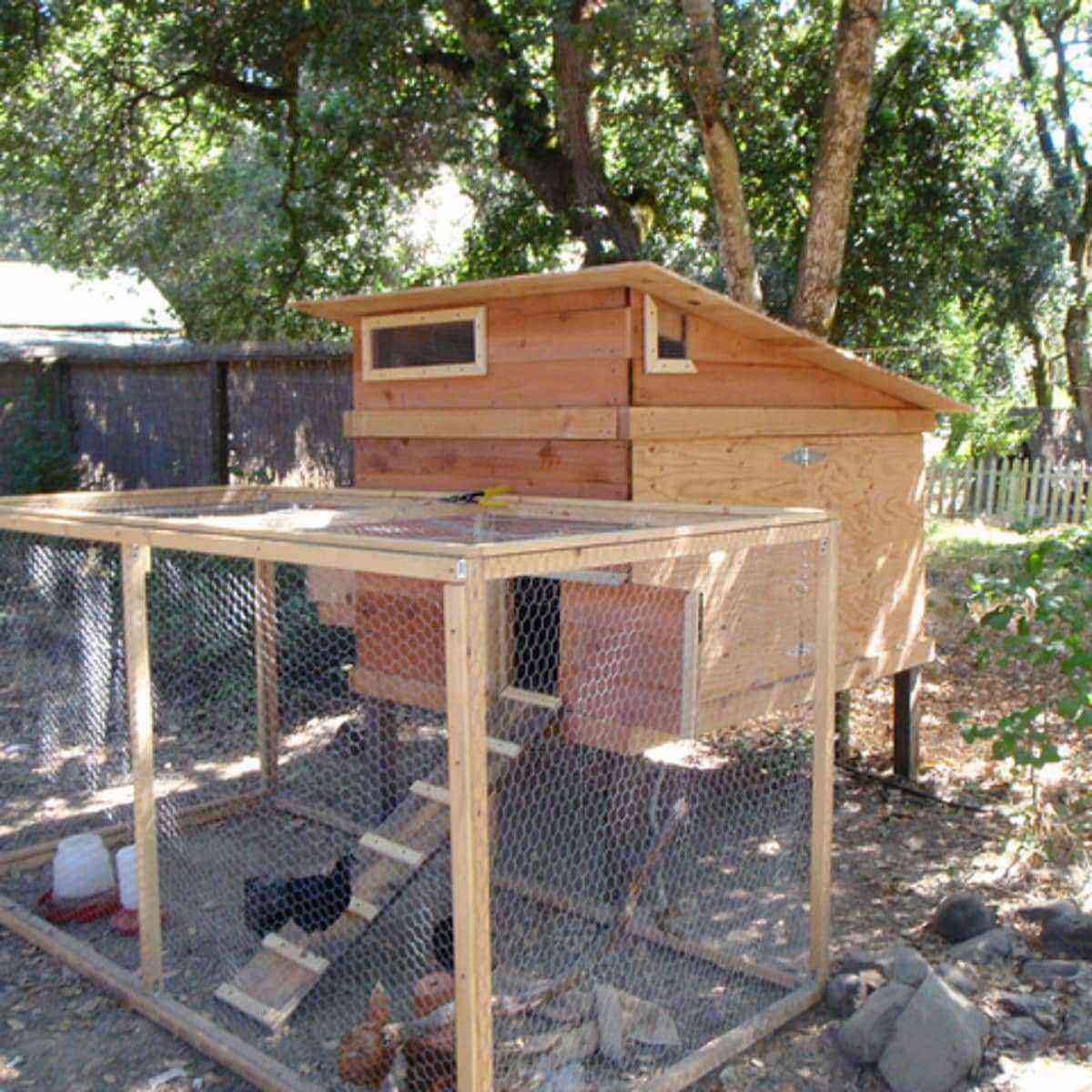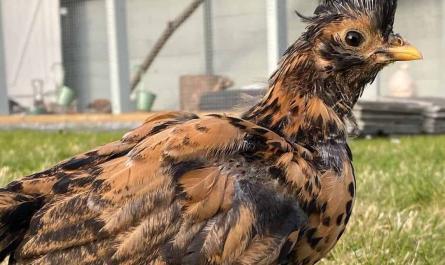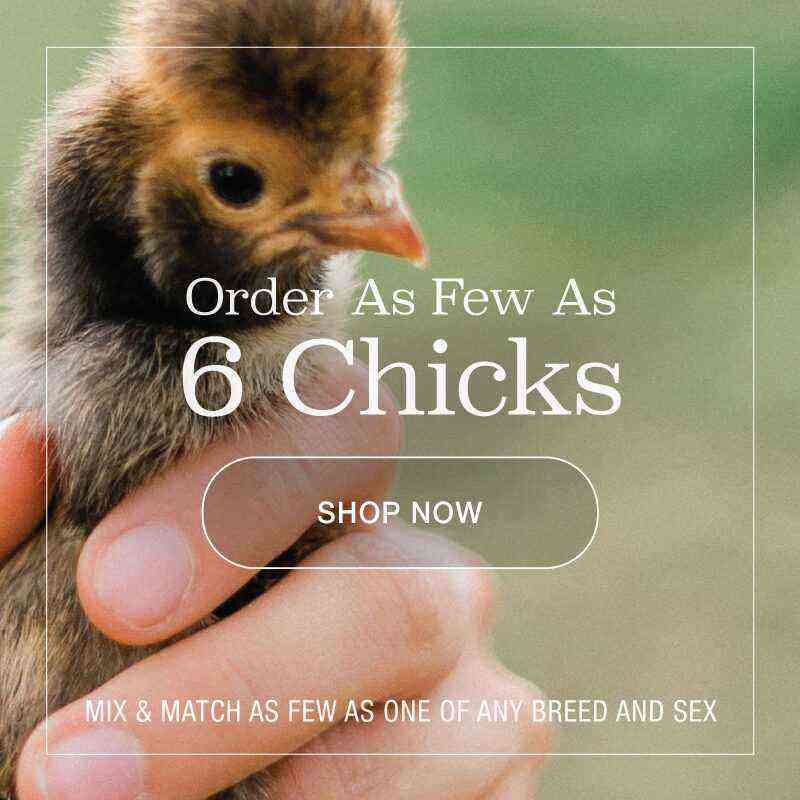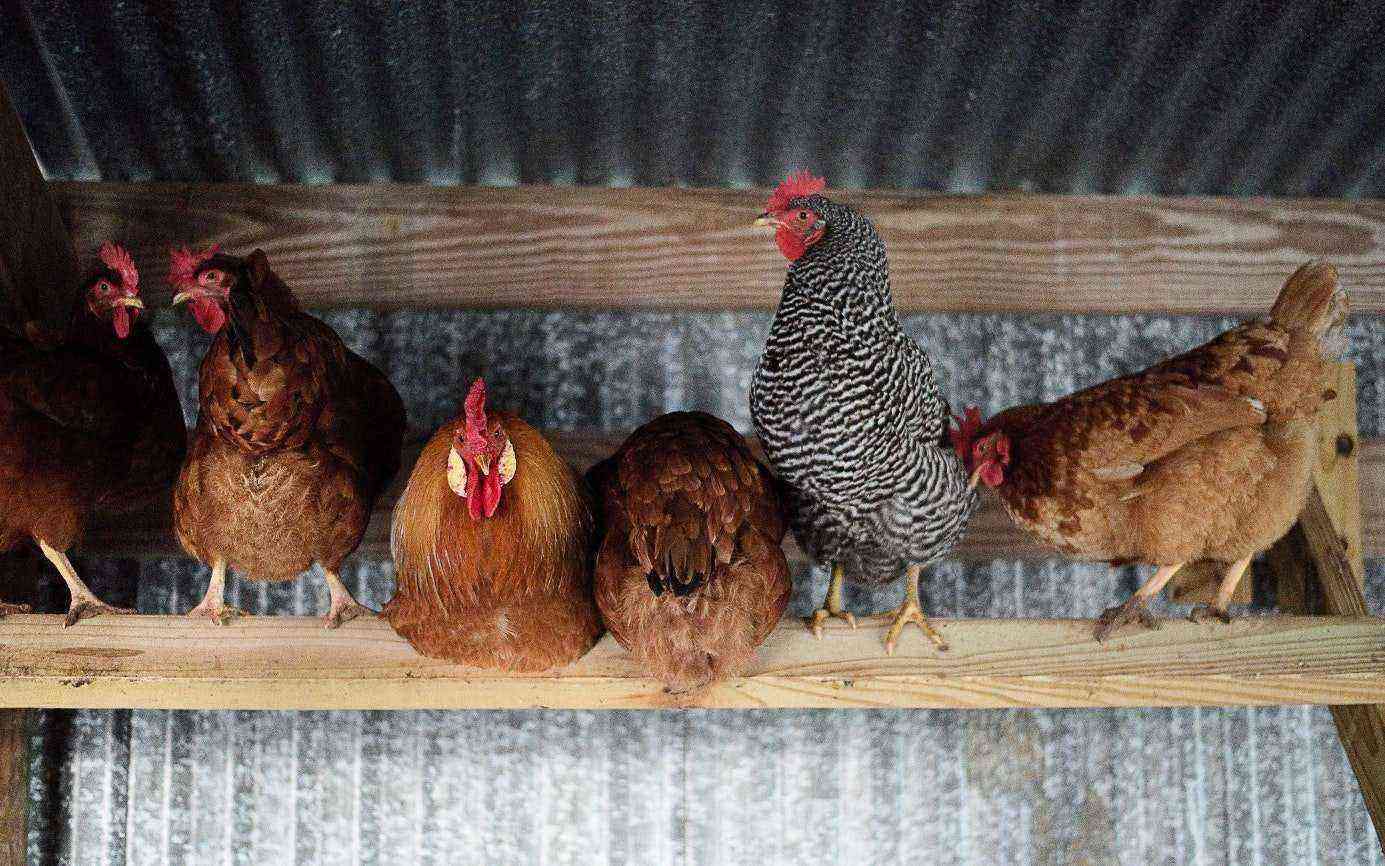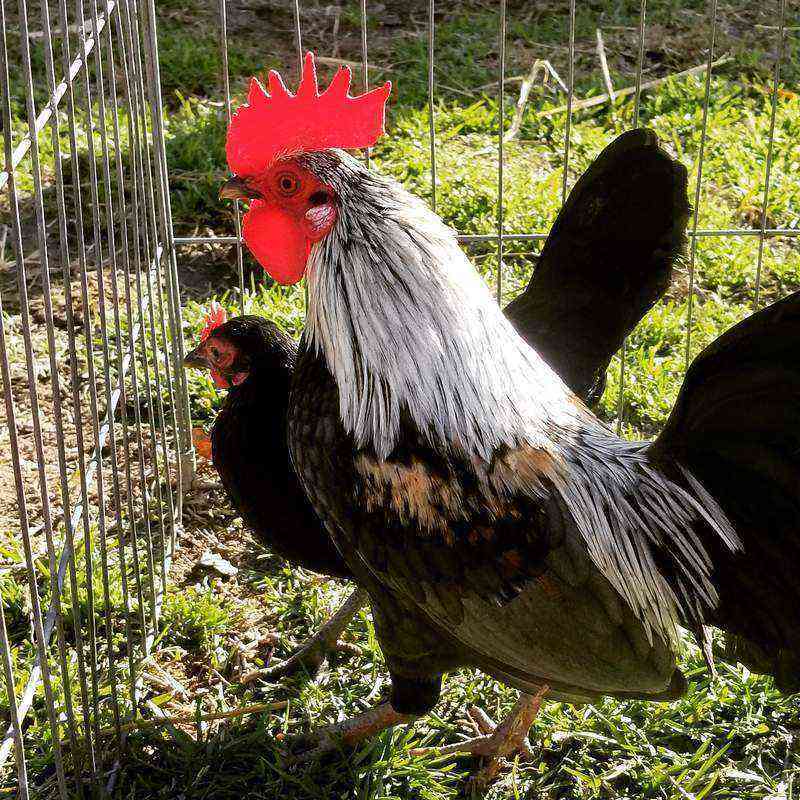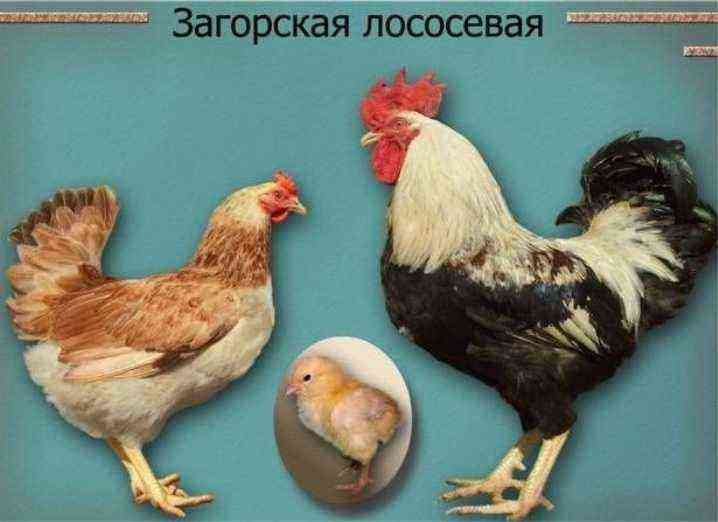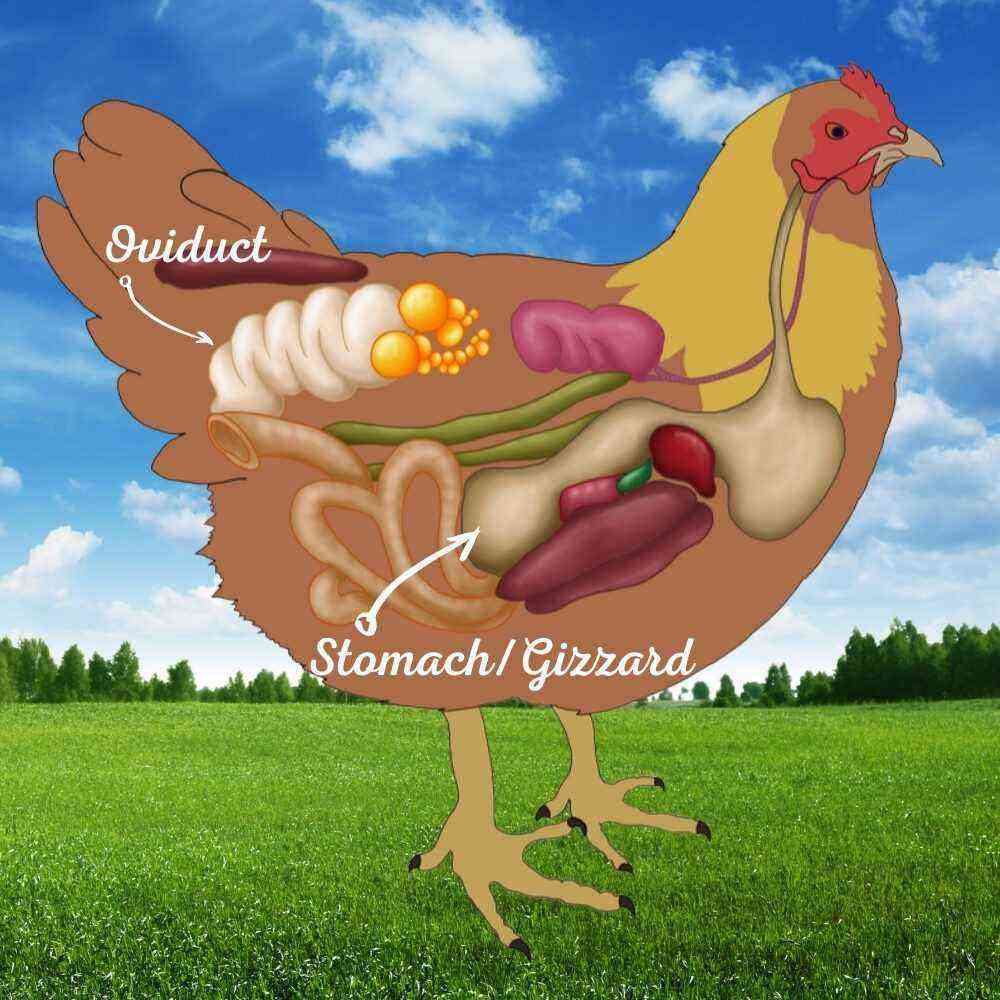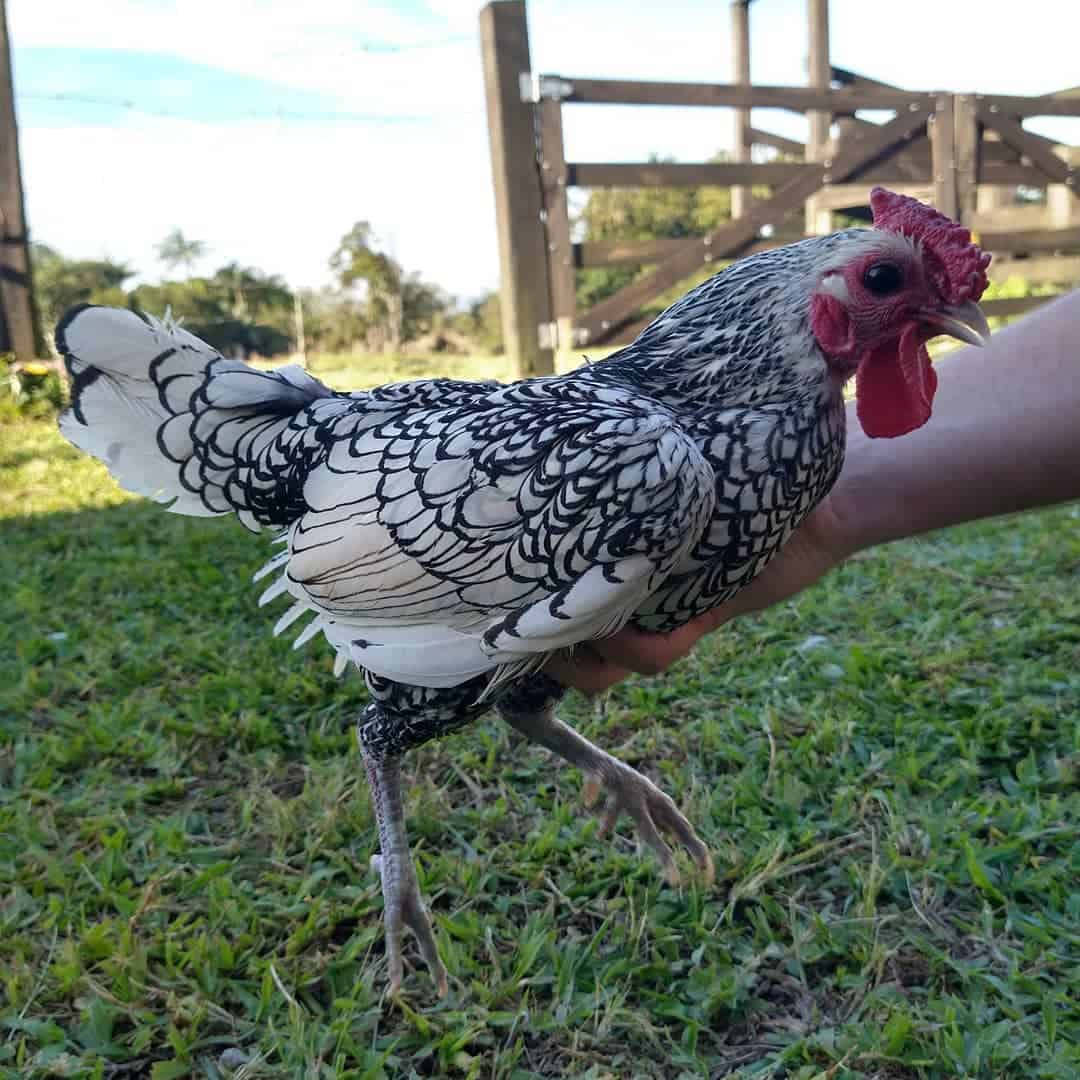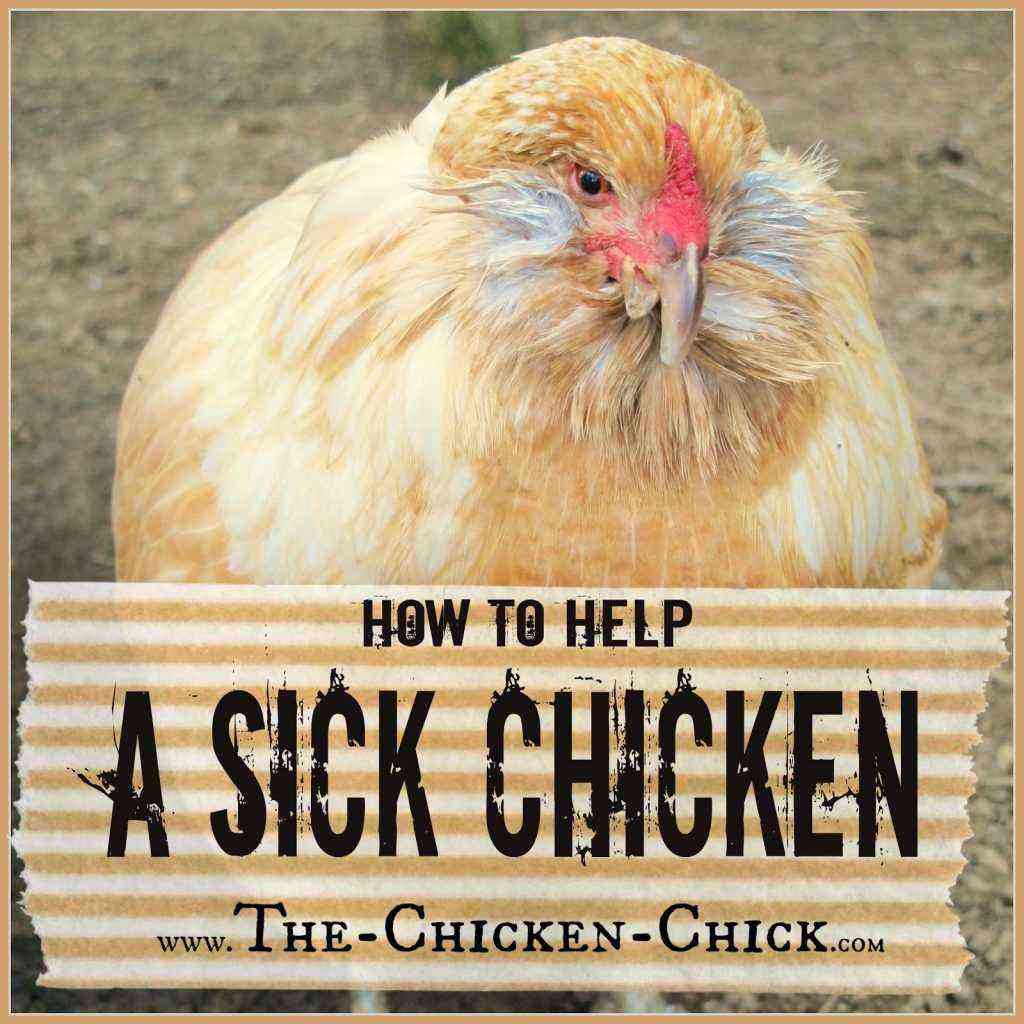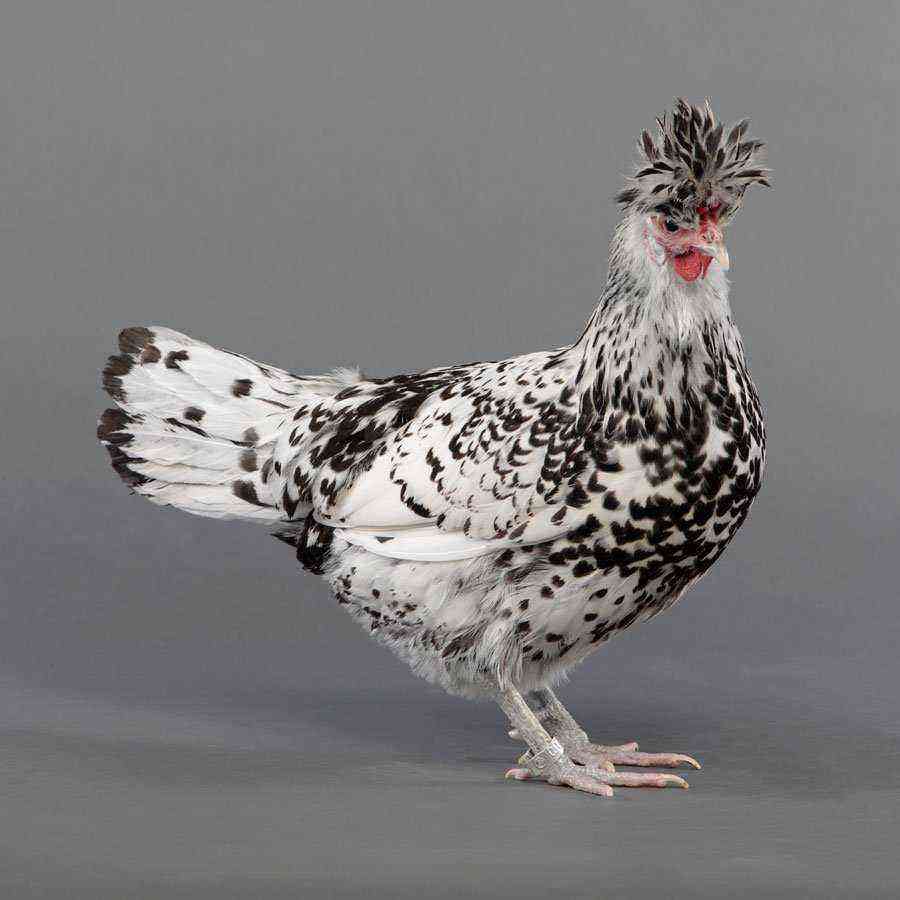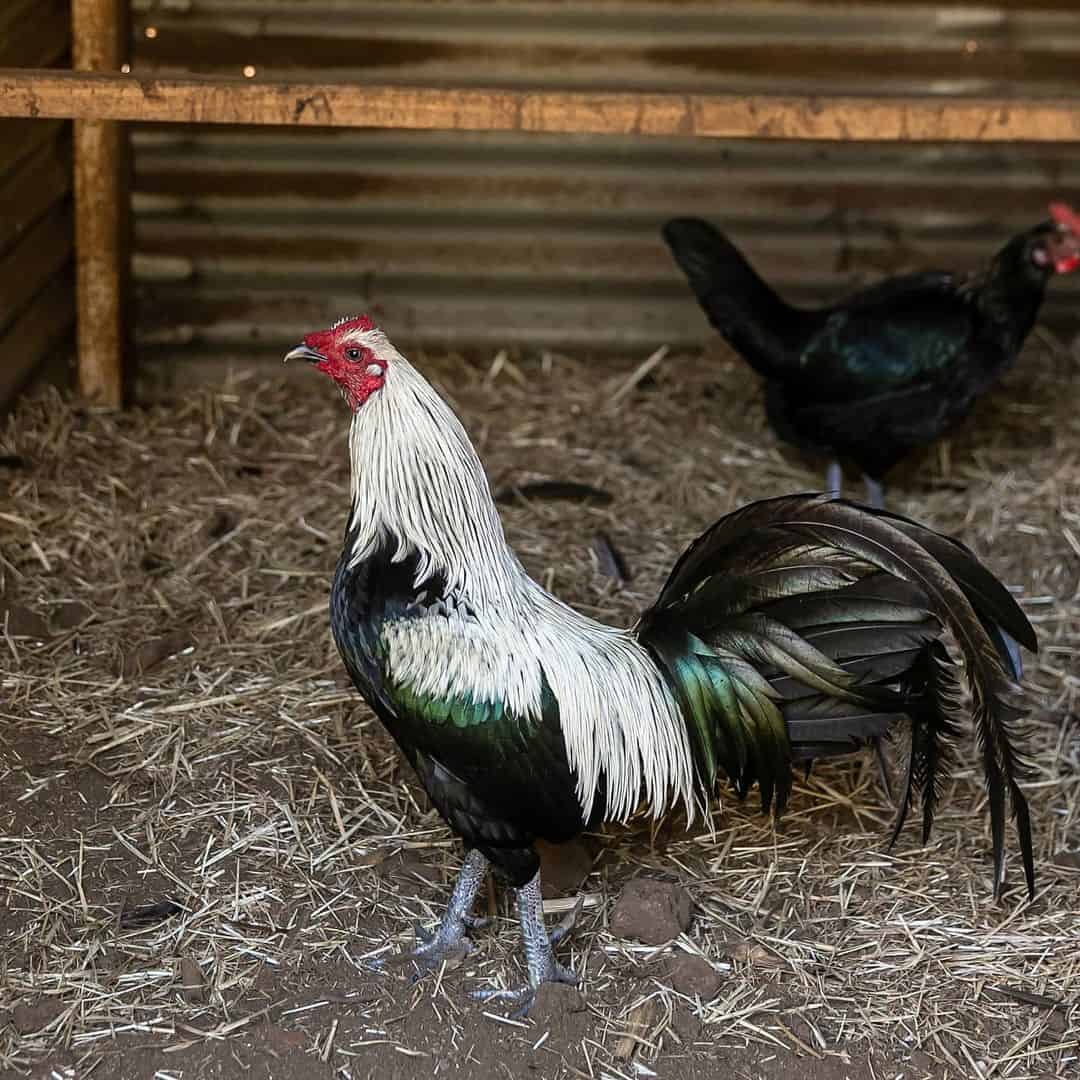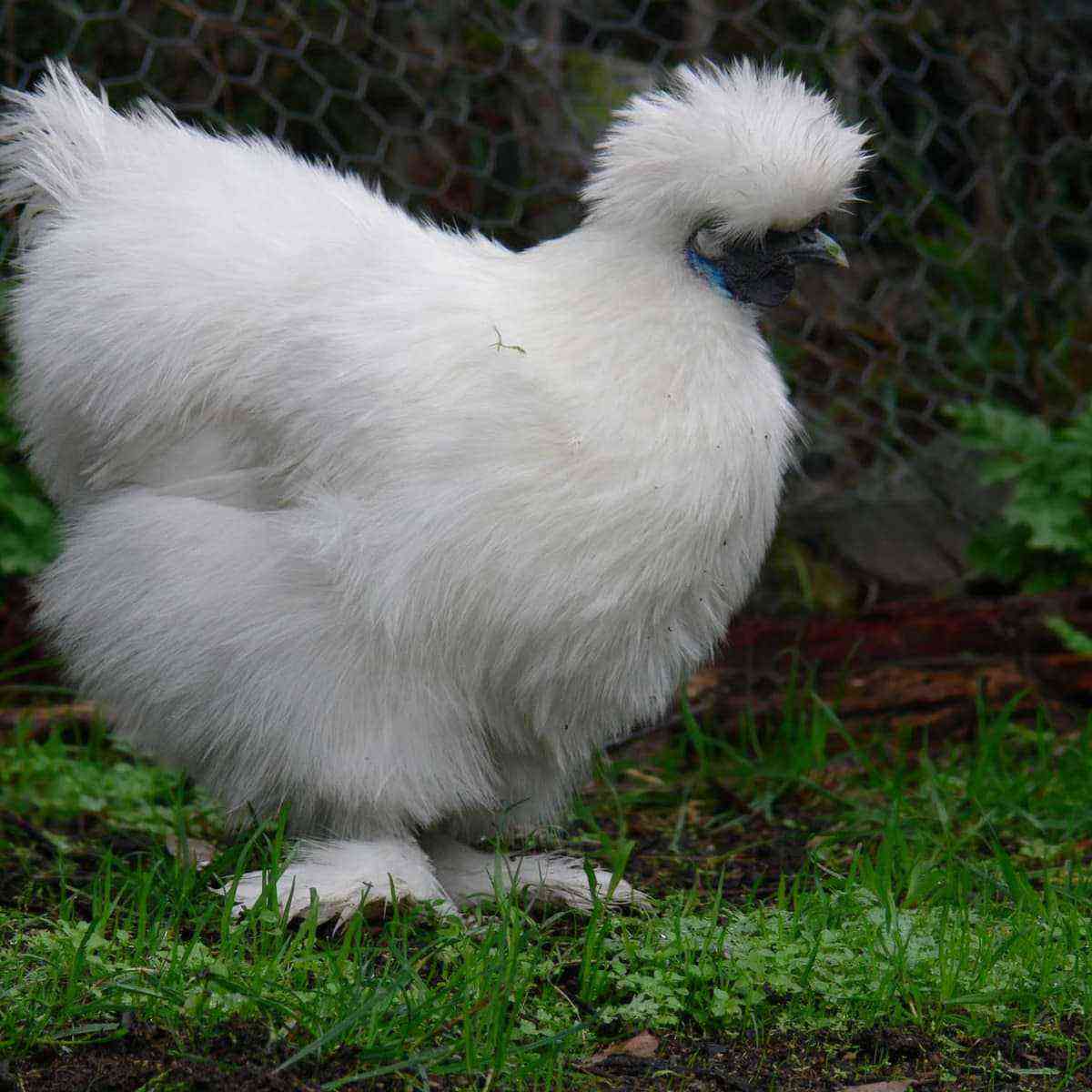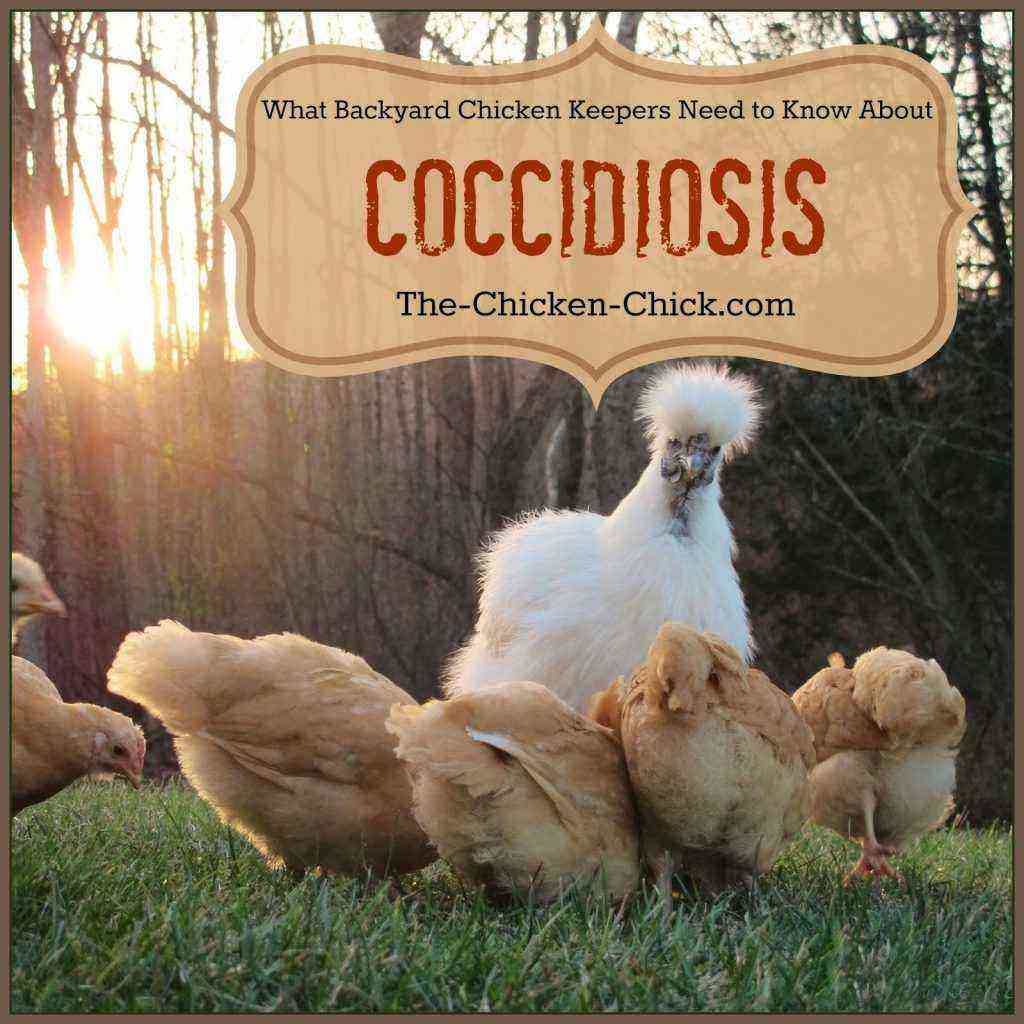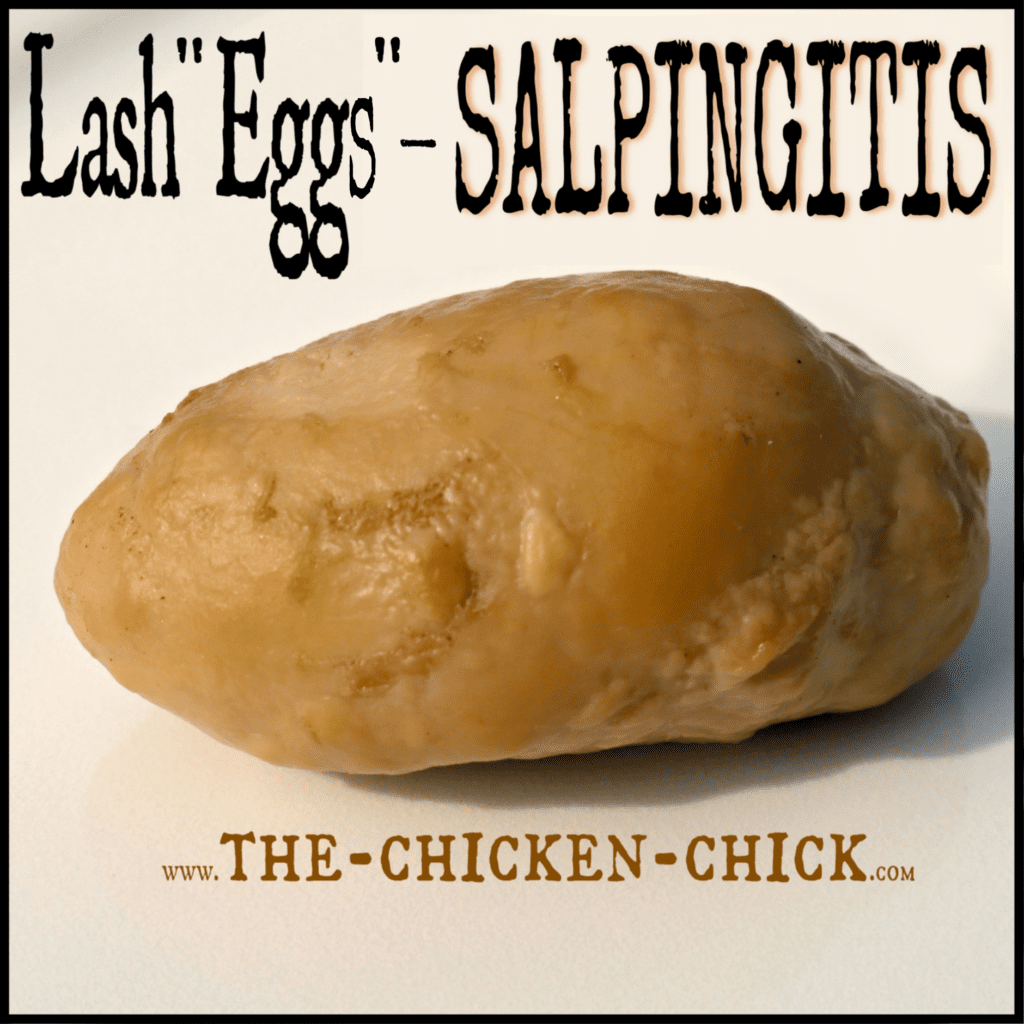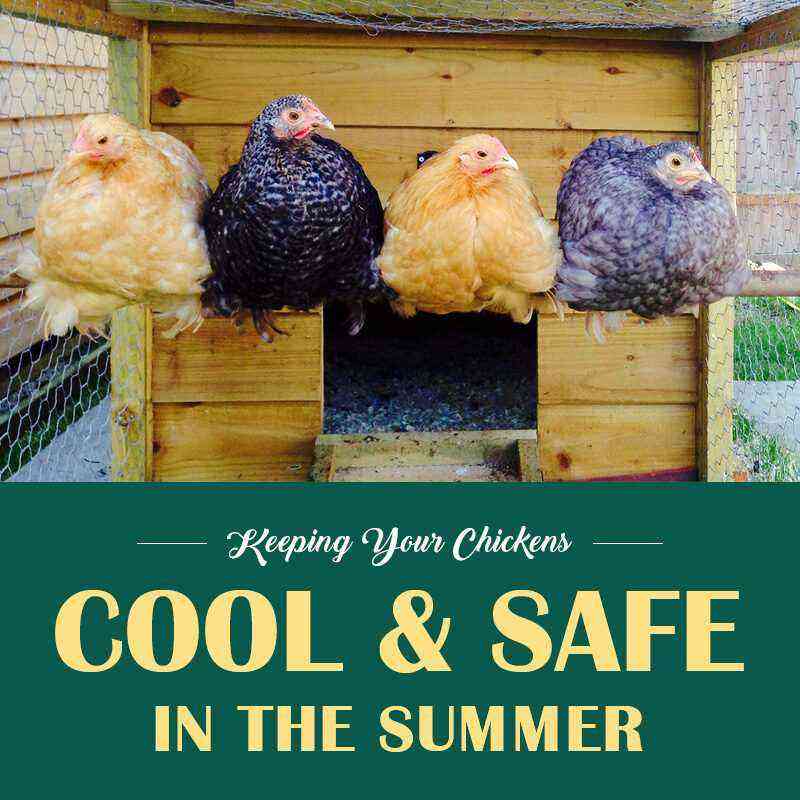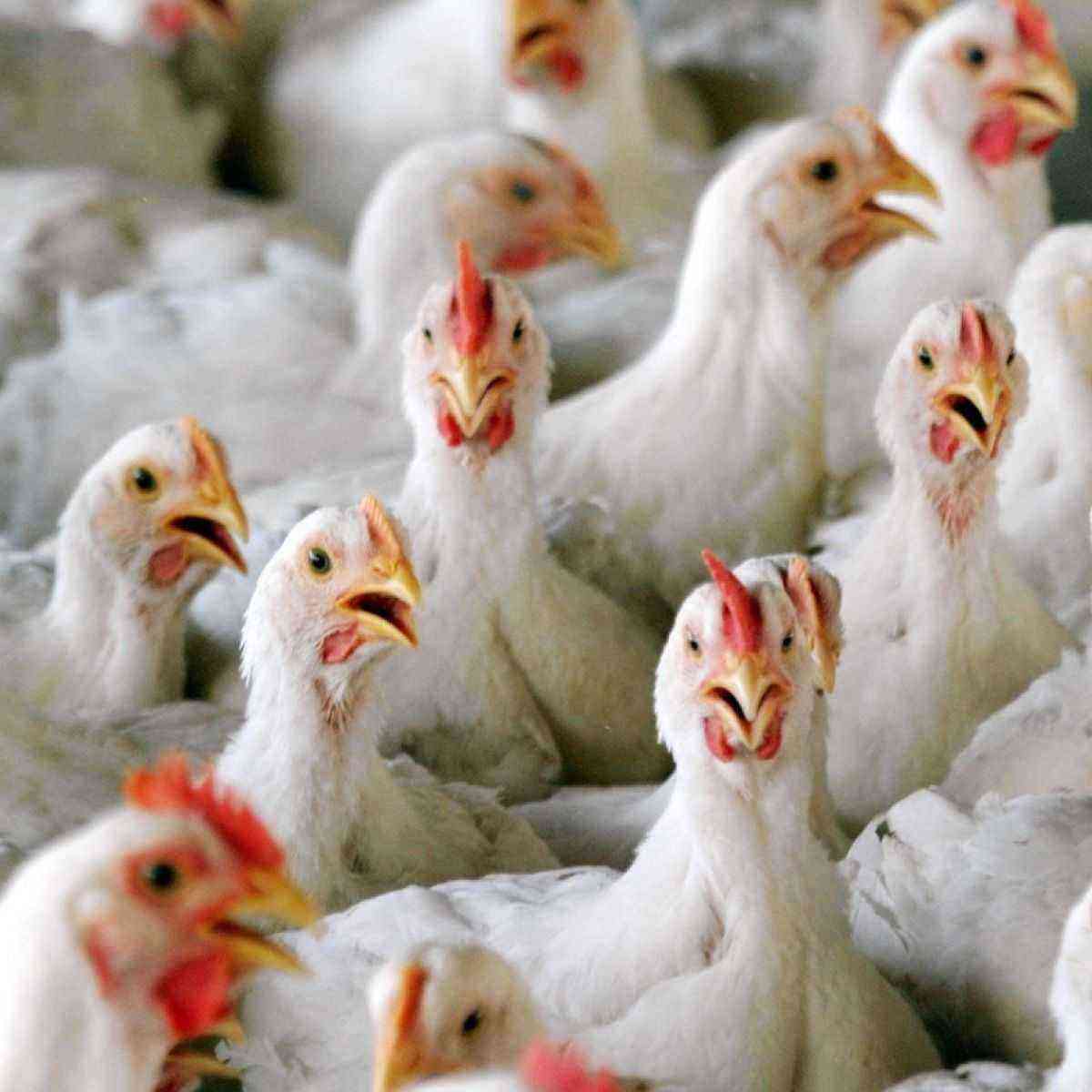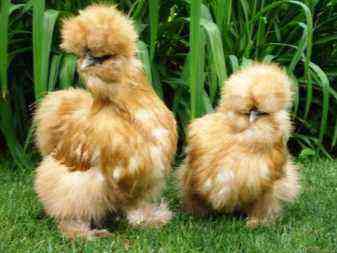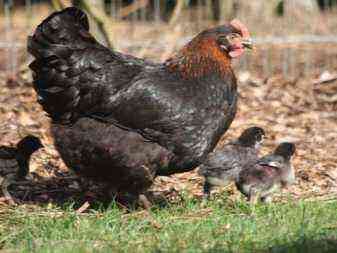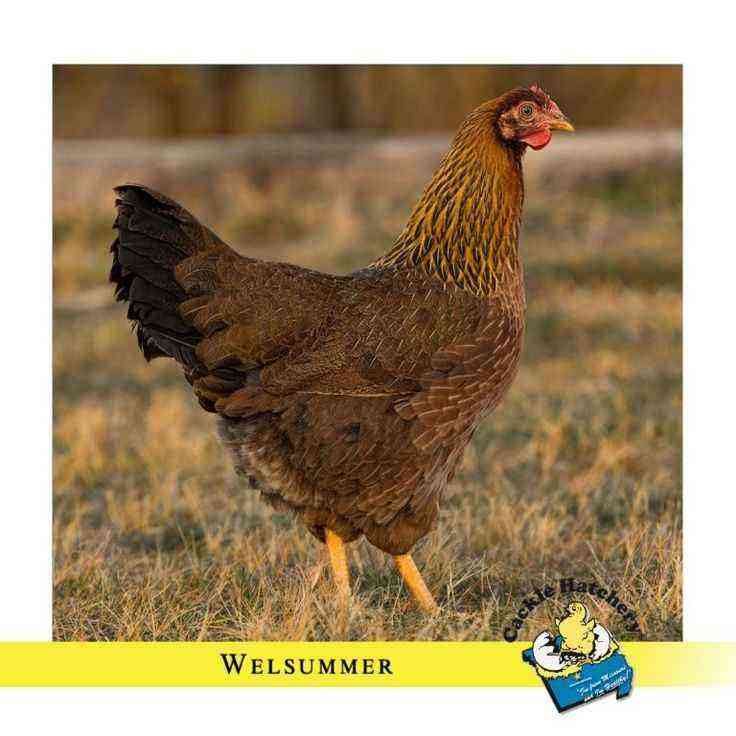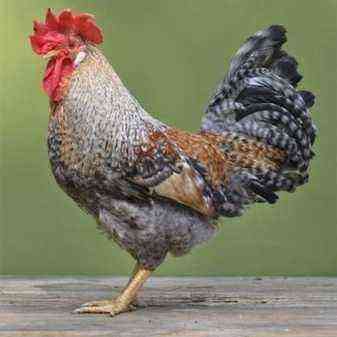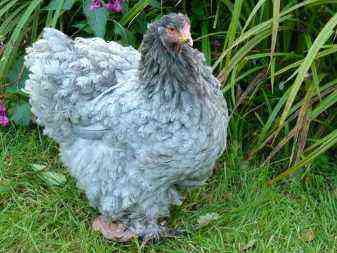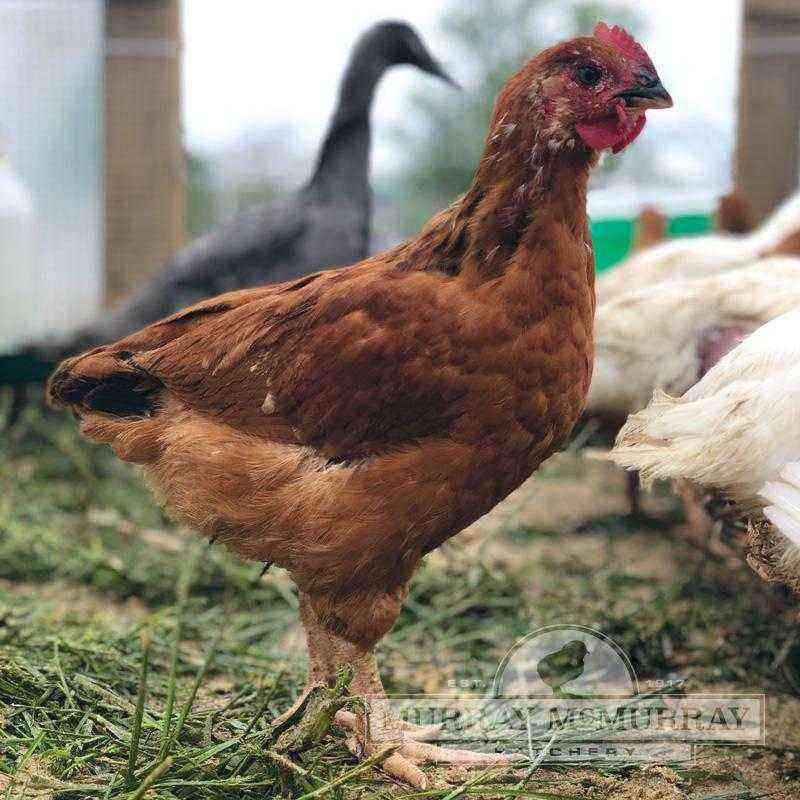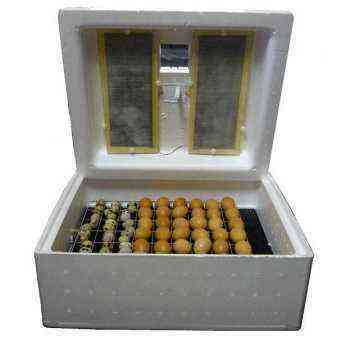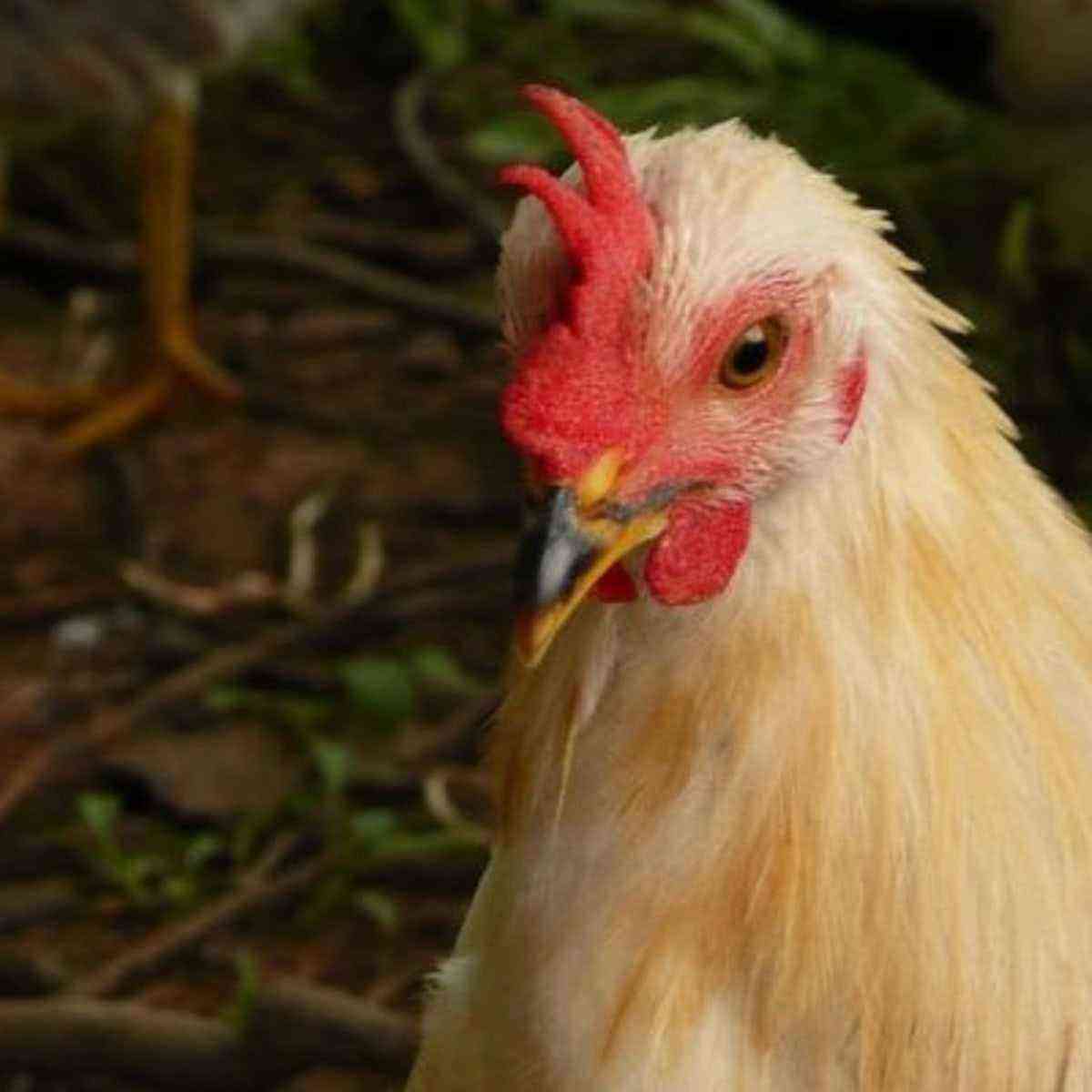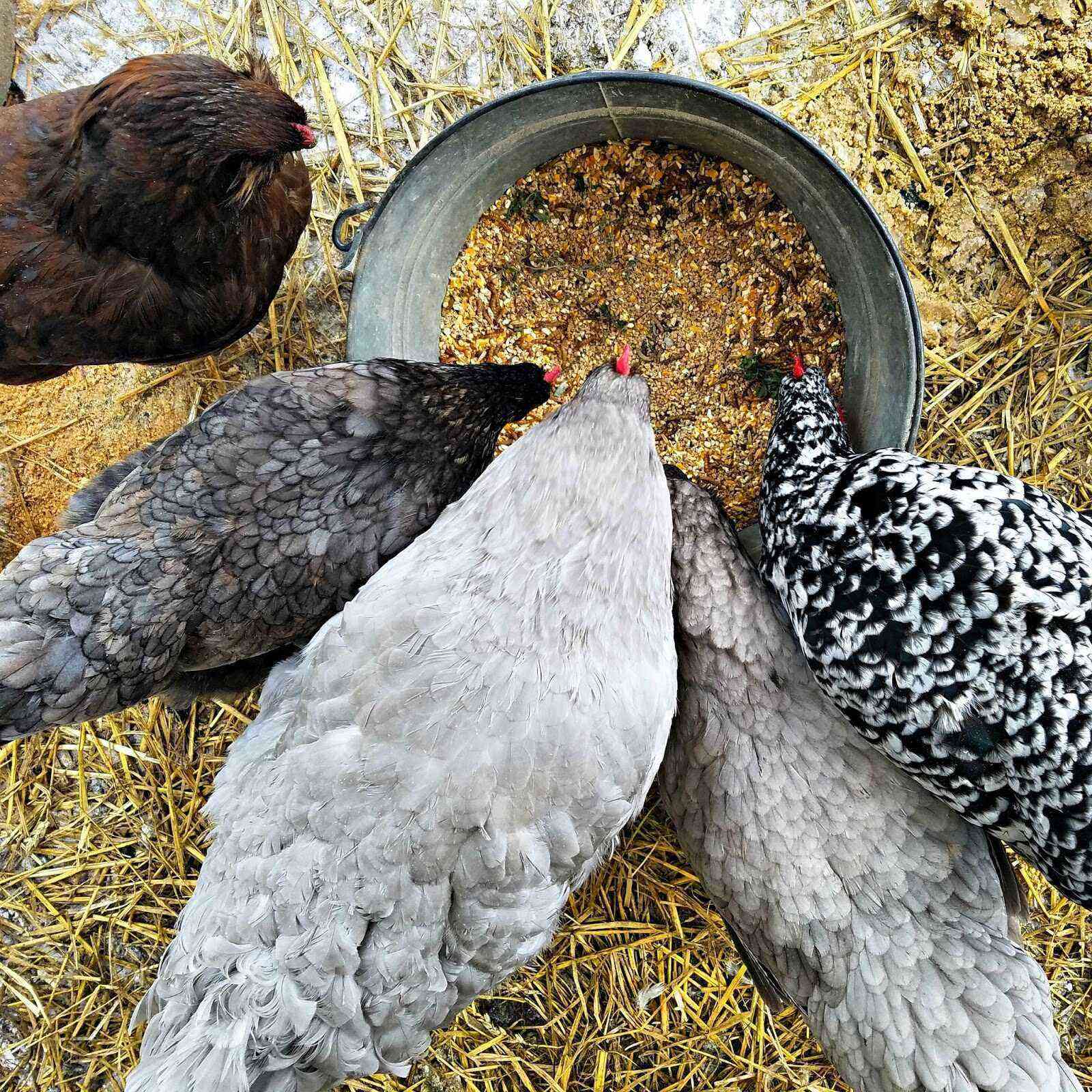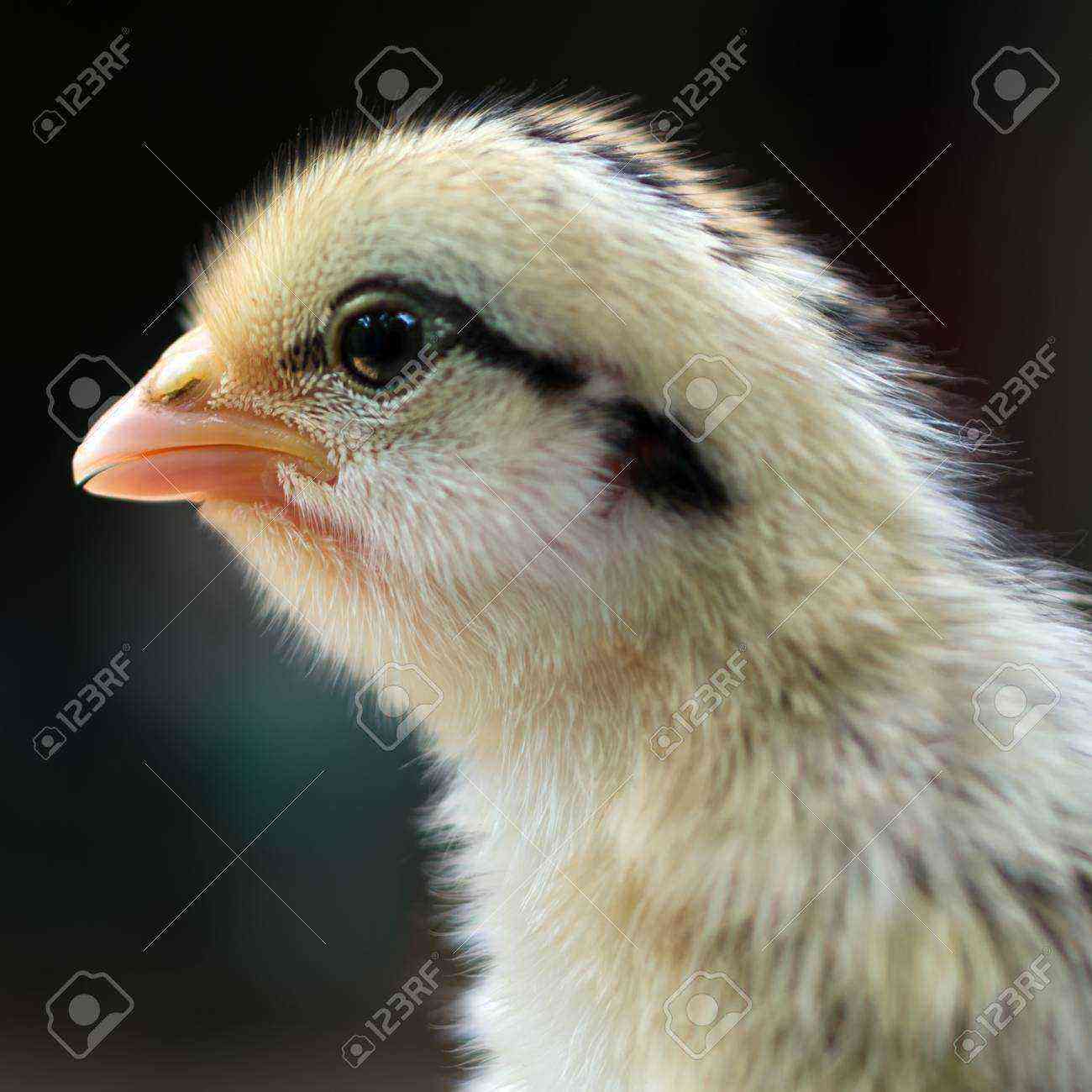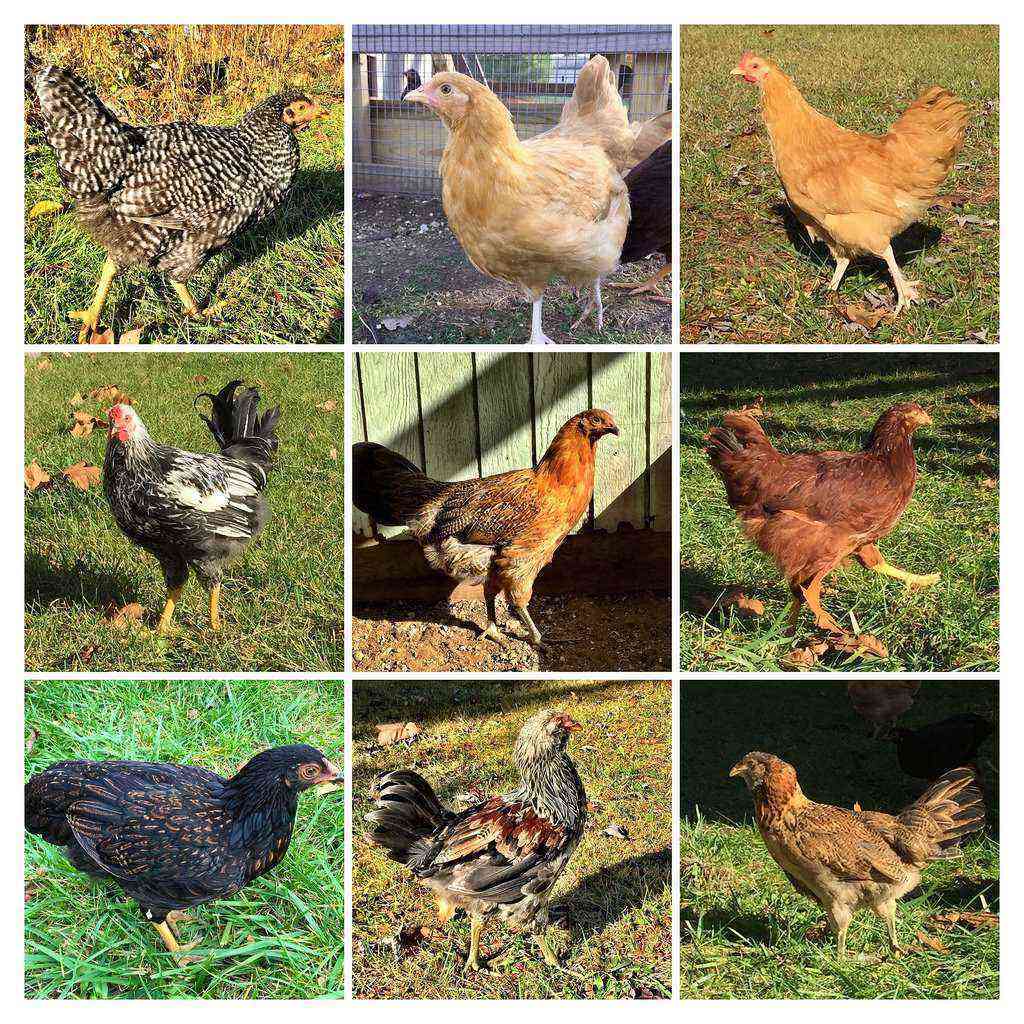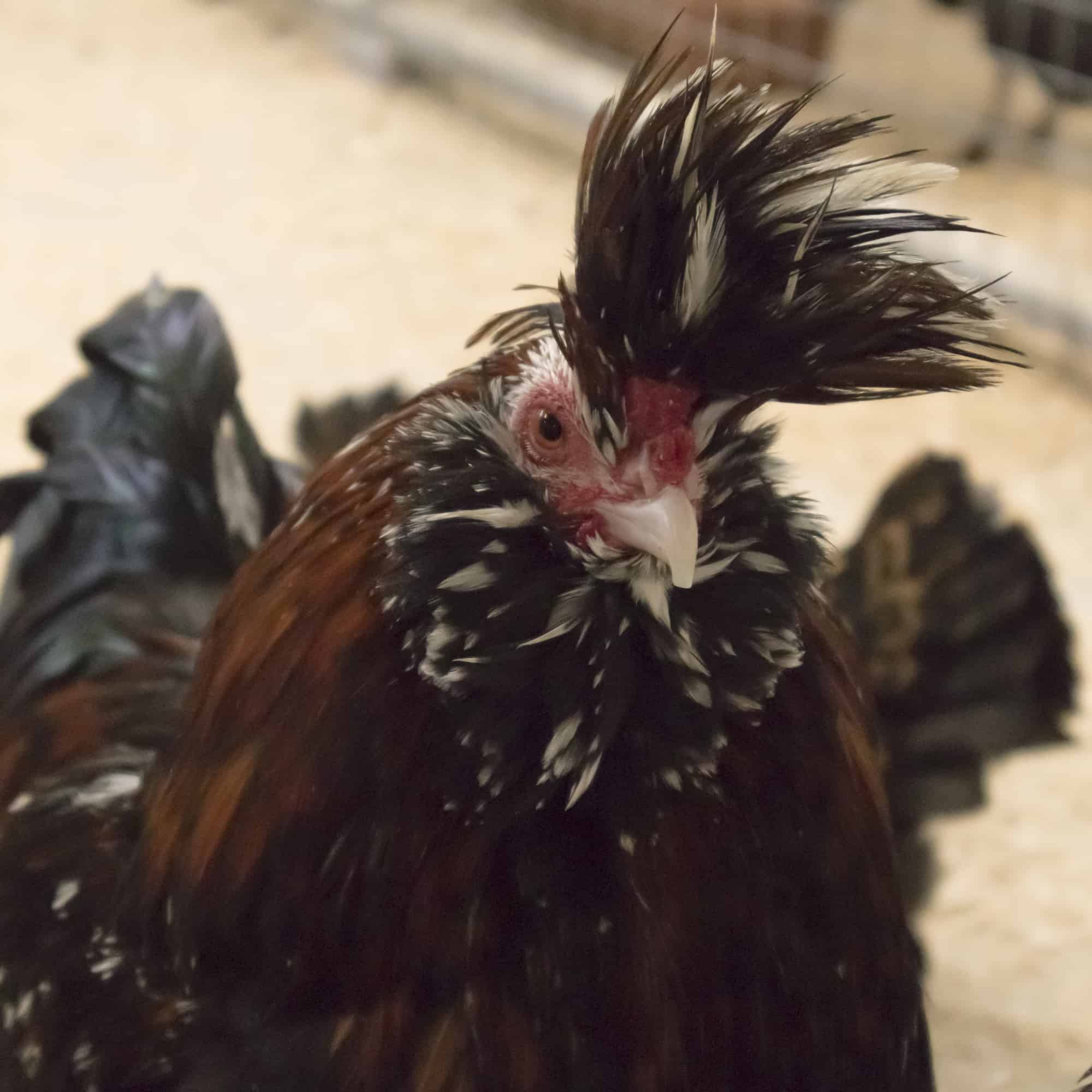The dream of any owner of the poultry yard is to have a population of birds that are undemanding in care, economical in terms of feed consumption and with high egg production rates. About half a century ago, the German specialists of Lohmann Tierzucht GmbH managed to obtain meat and egg cross broken brown, amazing in its characteristics.
Origin and characteristics of the breed
Breeders have been working on this cross – the result of crossing several breeds – for several decades. The new cross was based on 4 breeds with the desired performance:
- good egg production;
- tender meat with good taste;
- resistance to adverse weather conditions;
- unpretentiousness in content.
A number of intermediate crosses resulted in beautiful highly productive meat and egg birds with an accommodating character and low feed consumption per individual. Often the cross is described as egg cross due to the high productivity of the bird.
However, unlike other laying hens with tough sinewy meat, Loman chickens have a good yield of meat with pleasant taste.
Description
Broken brown chickens are well built. The back is strong, the wings are strong and rather long. Individuals easily overcome fences below one and a half meters. The belly of the bird is well developed, tucked up. The head is small, the crest is medium, leaf-shaped, the earrings are rounded, red. The beak is medium, earthy yellow.
Plumage color varies by variety. Poultry Farm Loman sells 4 varieties of cross, among which there are plumage colors from white to dark brown. So, classic white broken chickens have white feathers. The more common broken brown chickens are red-brown in color, with white feathers on the neck and tail. Roosters, unlike laying hens, are light, beige with white, brown blotches are acceptable. The fluff of the bird is thick and light, as a result of which they withstand frost well, continue to rush even at low temperatures in the chicken coop.
The productive period in chickens starts from 4,5-5 months and lasts 1,5-2 years. The weight of one egg is 65-70 g, individual specimens with excellent feeding reach 80-90 g, sometimes there are chickens that carry two-yolk eggs weighing more than 100 g.
Due to the fact that several breeds participated in the selection, immediately after the birth of chickens, they can be distinguished by sex. So, future laying hens will be yellow-brown in color, and the cockerel can be distinguished by the fawn shade of fluff.
Advantages and disadvantages
Many poultry farmers of both private farms and industrial factories agree that broken brown is one of the best crosses.
First, let’s talk about the merits.
- High productivity – each laying hen can produce 320 eggs per year.
- Unpretentious care – birds do not require special conditions of detention. Suitable for growing both in private farmsteads and on an industrial scale.
- Good quality meat. Despite the cross egg vector, poultry meat is tender and tasty. The weight of chickens ranges from two kilograms, roosters reach a mass of 3-4 kg.
- Friendliness – birds get along easily with other types of poultry yard and rarely conflict with each other. Strongly attached to the owner, allow you to pull yourself together and make a sanitary inspection.
- Winter hardiness – due to the dense undercoat, the birds withstand harsh winters well and do not stop rushing on frosty days.
However, even such “stars” of the chicken world have their drawbacks.
- Broken Brown is not a breed. To breed the cross, 4 different breeds of chickens were used, the exact names of which the company keeps secret. This means that it will not work to breed the cross on its own, and chickens with any signs of the four parent breeds can hatch from the eggs of laying hens, but these will not be broken crosses. To upgrade the herd, you will have to purchase hatching eggs or young from licensed breeders.
- A short period of high productivity. After the first year of intensive egg production, the productivity of laying hens gradually decreases. The stock must be updated every 2 years. In private backyards, it is recommended to buy young animals every year so that the birds are of different ages, which allows you to get a stable yield of egg products.
- Laying hens have no incubation instinct. This item can also be attributed to the pluses – the owner will not have to drive the clown from the nest, there will be no break in productivity. However, it will not work to bring out chickens with the help of laying hens.
How to contain?
Unpretentious in content, broken brown chickens, however, need a sufficient amount of high-quality feed and optimal temperature and light conditions to keep productivity at the level. In general, the conditions of detention differ little from the average for any laying hens.
The room should be clean, well ventilated, but protected from drafts. Litter is desirable from natural materials – hay, straw, sawdust. The optimum temperature is +18°C, humidity is from 45 to 75%. With floor content, no more than 3-4 individuals per 1 m2 are recommended, with cellular content – more is acceptable. Be sure to organize comfortable closed nests with partitions. One nest per 5 layers.
In winter, birds need lighting to keep their performance at a good level. Light day must be at least 16 hours. However, bright light, according to the observation of many farmers, contributes to conflicts between birds, increases their irritability. A dim diffused light will be optimal. Ideally, you need to provide a mode of dusk and dawn, since the sharp inclusion of bright lighting in the hen house causes stress in the bird.
The litter in private household plots is recommended to be deep, non-replaceable. Only the top layer changes, the lower 5-7 cm should be left for sourdough. Such bedding creates an optimal microclimate, cools and absorbs dust in summer, and additional heat is released due to fermentation processes in winter.
After removing the top layer of bedding with a large amount of litter, it is rational to lay it in a compost heap or scatter it around the garden before winter. Nutrient top dressing will enrich the soil with organic matter and provide nutrition for the future crop.
Feeding
The feeding regimen is standard. In the morning feeding, it is desirable to give wet mash with boiled vegetables and high-quality feed. After dinner, they usually give a grain mixture of crushed grain containing corn, oats, barley, and wheat. Fresh herbs must be included in the bird’s diet. In winter, hydroponically germinated grains of wheat, barley, and oats show excellent results. For the winter, you can also prepare brooms from nettle, acacia. One hen per day requires 120-140 g of feed in free range and 115 g in cages. In winter, birds need a little more food to maintain their body temperature.
Free access for the bird should be fresh water, a container with ash, coarse river sand, fine gravel, shells. With this diet, the formation of an egg will take 24-26 hours.
Care for chickens
98% of chicks are hatched from eggs produced at the peak of production. With good care, timely vaccinations and fortification, the survival rate is 100%. Chicks are usually purchased at day old. The temperature in the brooder for day old chicks must be at least +30°C. Then every week the temperature regime is lowered by 2-3 degrees, gradually bringing it to the standard temperature of + 18 ° C. The room for chickens should be with an influx of fresh air, but without drafts. The bedding must be changed daily, the dishes thoroughly washed.
Growing at home is not much different, except that a regular cardboard box replaces the brooder. Illumination and heating of chickens is best done with infrared lamps, they do not have a harmful effect on the retina of the chicks’ eyes, and it can be safely left overnight to avoid hypothermia of the young.
It is necessary to feed the first 3-4 days with natural feed every 2 hours, day and night. For 100 chickens you need:
- 10 eggs mixed with 500 g of corn grits, or 500 g of low-fat cottage cheese per 500 g of grits;
- 10 multivitamin tablets (once a week);
- serum, chamomile decoction.
Drinking for chickens in the first days should be served warm, since their body temperature is 41 degrees, the chicks quickly become supercooled from cold water. The first week, chickens need to be soldered with preparations such as Enroxil or Baytril, according to the instructions, as well as those that contain the trace element selenium, which is important for the development of chickens.
From the age of three, finely chopped greens are added to the diet; wet mashes based on meat or vegetable broths can be given. Introduce starter feed. Wet mash should be eaten within 40 minutes, leftovers are discarded. At the age of 7 days, the chickens are given a container with washed and calcined river sand, boiled and mashed eggshells are added to the diet. From 4 weeks of age, chickens are transferred to an adult regimen and diet. Broken brown hens begin to lay at the age of 4,5-5,5 months.
Breeding
Unfortunately, breeding the cross in question by one’s own efforts is impossible. The hatched offspring will be viable, but the chickens will not meet the requirements of the breed. Thus, young animals obtained from crosses of the first generation turned out to be unprofitable in some farms – the chickens did not gain weight well, the hens did not start laying even at the age of 7 months. In order to obtain a breed with the same characteristics, long-term selection is necessary and the parent stock must contain all four representatives of the Loman crossbreeds. The only way to raise Loman Brown hens is to purchase hatching eggs or chicks from licensed poultry farms.
Due to their rich heredity, these birds feel great both in cage keeping, outdoor and free-range. A number of chemical and biological studies have shown that free-range birds provide eggs and meat with higher vitamin values, and palatability is much higher than those kept in cages.
Today, in private household plots, the portable form of the chicken coop, the so-called chicken tractor, is gaining popularity. A chicken tractor is a lightweight chicken coop structure, most often consisting of polypropylene pipes or wooden slats with a stretched mesh. One part must necessarily contain shelter for chickens from the sun and rain, as well as nests. The heaviest part of the chicken coop is put on wheels, handles are attached to the other part so that the chicken tractor can be moved from place to place.
This design is placed in the garden, where chickens peck greens, weed seeds, insects, providing themselves with varied and nutritious food, cleaning and fertilizing the land. After 2-3 days, the “tractor” is moved further, and the birds work on a new site.
Reviews
Most owners agree that this cross is optimal for keeping both in private households and on an industrial scale. Breeders on poultry forums note that broken browns are more suitable for free keeping – it is more economical, and also significantly improves the taste of meat and eggs.
According to some private chicken breeders, the main advantage of the cross is its unpretentiousness in content. It is noted that chickens are absolutely picky in food and easily adapt to changing one type of feeding to another. Lomans are practically omnivorous – greens, cereals, kitchen leftovers – everything is eaten with pleasure by laying hens. Some keep broken brown hens in the same paddock with dominants and turkeys, and no one conflicts.
According to the advice of members of the forum, it is better to purchase broken browns in a grown form – monthly. It is difficult to determine the age of laying hens, it is possible to buy old birds. And day old chicks require a lot of time and attention. In terms of maintenance costs in relation to productivity, Cross Broken Brown is one of the most profitable.
The versatility of the hybrid fully covers a small drawback associated with the difficulties of breeding.
For information on how to feed laying hens so that they rush on their site, see the following video.
